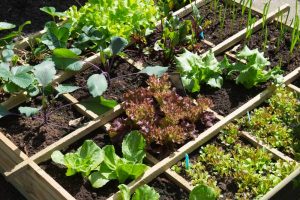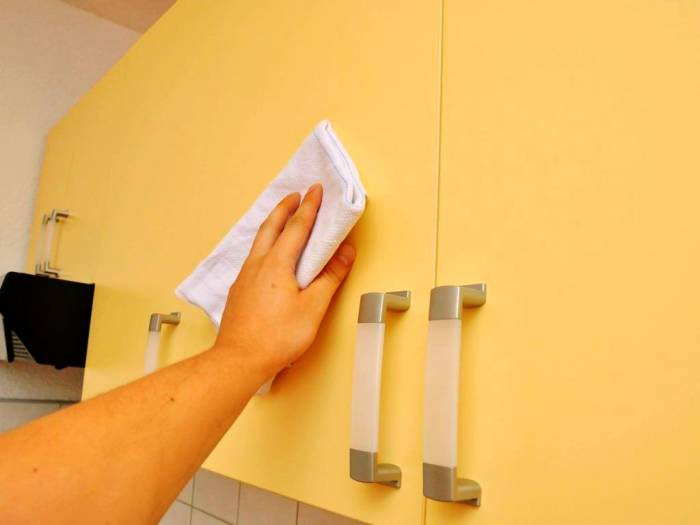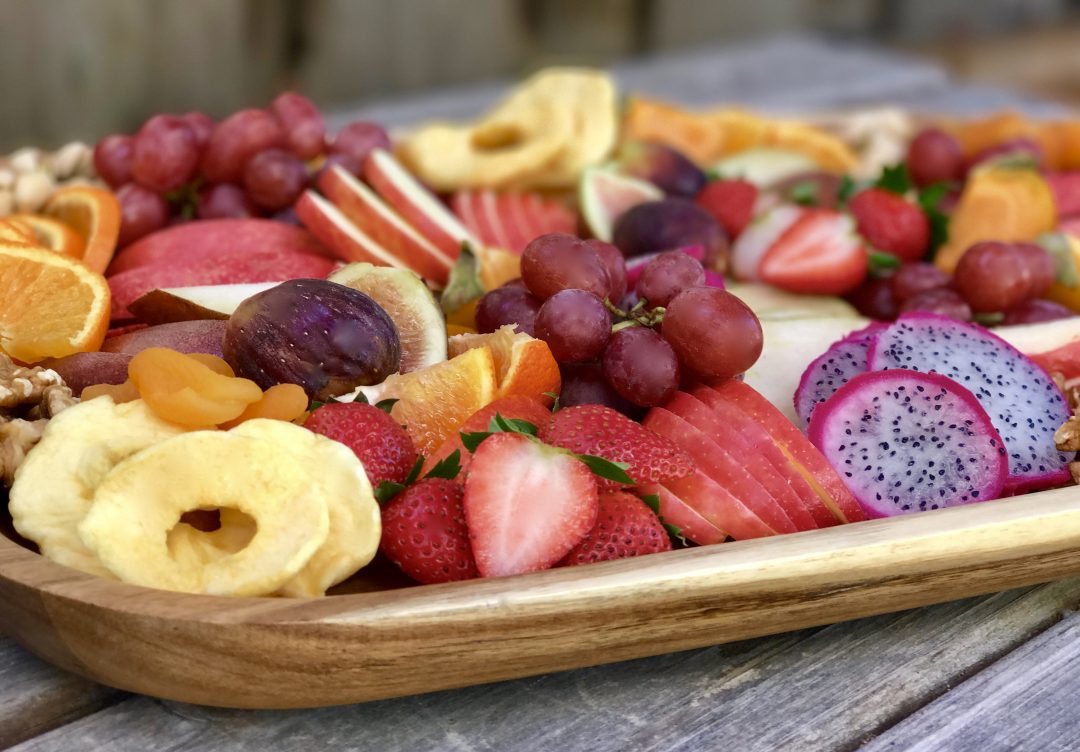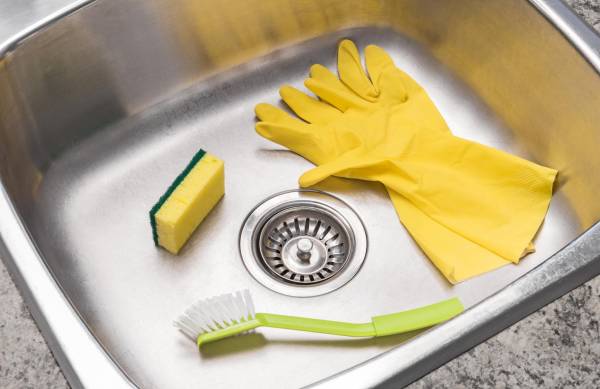Here are some things you need to know about growing vegetables at home:
You can have a vegetable garden even on your balcony, let us show you how.
Make sure you choose the right seed.
It is best to choose seeds that are easy to grow if you are new to gardening. Choose lettuce, tomatoes, peas, beans, radishes, marjoram, basil, thyme, etc., but start small.
Think about what your family eats and plant as much as you need. Moreover, some vegetables can be grown all year round, while others can only be grown in certain seasons.
The next step is to determine the amount of space you need, and to choose a place for the vegetable garden that receives enough sunlight, is near a water source, and is protected from wind and cold.
Maintaining a large garden takes more time. We encourage experienced gardeners to take care of large gardens, but beginners and people without enough time should start with smaller gardens.

Transfer of products:
Planting the same crop in the same place every three years is recommended as part of a three-year rotation system. In addition to providing nutrients to vegetables, it also repels pests. Assists in the control of insects or diseases in the soil after harvest.
In order to run this system, you need a paper map showing the location of all the plants every growing season.
Preparation of the ground for growing vegetables at home:
First year vegetables will be great if you have never planted a garden before. For good results, you must prepare the soil. The soil should be amended with good natural ingredients. Before planting, you should always use a soil test kit to determine the pH of the soil.
Sow seeds:
To keep your seedlings warm, grow them indoors in late winter. Tomatoes, peppers, and eggplants require a warm growing season to produce a crop.
In early spring or fall, you can also prepare cold seasonal products such as broccoli and kale indoors. Pour soil into 4-inch containers. After soaking the seeds according to the packaging instructions, gently moisten the soil, and label the plant with its name.
Place the pot in a well-lit area between 60 and 75 degrees Fahrenheit after the seeds germinate. To strengthen the plant and soil, move the plant when it leaves and fertilize it.
Warm-season plants to be planted:
Late spring is the best time to use potatoes, beans, corn, cucumbers, melons, peppers, and tomatoes. Make sure you protect them well if you have already planted them.
Winter cold destroys these vegetables, so they need warm soil and high temperatures. In the warm season, plants bear fruit that can be stored for the winter. Other hot season products include eggplant, okra, squash, and watermelon
Winter crops are planted:
A cold winter crop or winter vegetable prefers cold climates and grows at a temperature 15 degrees colder than the required season. Roots and leaves are usually edible.
Cold weather is ideal for ripening these vegetables. Early spring or late summer are good times to plant them. Among the cold-tolerant vegetables are beets, broccoli, cabbage, carrots, cauliflower, lettuce, onions, peas, potatoes, radishes, spinach, and many more.

Vegetable garden care
Maintaining a vegetable garden requires garden care after the actual work is done, but if it rains enough, give them about an inch less water each week.
Another important aspect is pruning. The weeds should be pruned so that they do not impede the growth of the vegetables, and as mentioned earlier, fertilizer should be added for a rich harvest.
High-quality compost or packaged green manure should be used. Too much fertilizer can negatively affect your crop, so don’t overdo it.
Harvesting the product:
If you plan and follow all the steps correctly, you will feel good. Vegetables are harvested in several stages based on their type.
Harvesting vegetables at the right time increases their production. It is best to harvest some vegetables while they are still small, such as blueberries – which are harder to harvest when they are over 7 inches long. Plan, read everything about the vegetable garden, and follow the instructions. Diseases and pests can be prevented by harvesting in a timely manner.
How to grow some high-consumption vegetables at home:
Mushrooms
Plant mushroom stems in compost soil, use coffee powder and leave it overnight in a cool, humid environment. The stems will sprout a few days later.
Carrot leaves
You can make carrot leaves by putting the end of the carrot in a bowl of water. For best results, place this container in a sunny location. As a garnish or salad ingredient, carrot leaves can be used.
Basil
Put some basil in a glass of water and let it dry. To have fresh basil, plant the plant in a pot when it grows.

Garlic
Instead of throwing away garlic sprouts after germination, put them in water and plant them. Garlic sprouts are a good seasoning for salads and pastas.
Lettuce
Place the untouched lettuce end in a bowl of water and place it in a well-ventilated area. In two weeks, new leaves appear, and within three to four weeks, they grow fully.
Coriander
As with basil, place the coriander stalk in a bowl of water. To germinate new leaves, plant the plant in a pot with soil after it has grown a little.
also read:










